
Parts Needed for Completing Your ARF (Almost Ready to Fly) RC Airplane
Posted: 9/9/25
When you purchase an unassembled ARF (Almost Ready to Fly) RC airplane, it’s important to understand that your new model aircraft won’t come with every component needed to get it into the air right out of the box. This is the key difference between RTF (Ready to Fly) and ARF. While ARF kits provide the majority of the airframe components and are designed to significantly reduce the time and effort required for assembly as opposed to an RC airplane kit, there are typically a number of essential items that must be purchased separately to complete the build and make the model flight-ready.
These additional items are generally quite affordable, but they are not included in most ARF packages for a few good reasons. First, many of these components—such as the engine or motor, propeller, and electronics—need to be matched to your personal preferences and specific setup choices. For instance, the required sizes and specifications often depend on whether you are using electric or gas power, and what kind of performance you’re aiming for. Additionally, experienced model airplane enthusiasts frequently have specific brand preferences for these parts, or they may already have compatible accessories in their workshop, making it unnecessary to include them in every kit. ARF RC airplanes are more affordable for many hobbyists for this very reason.
To help you identify exactly what you’ll need, most manufacturers or hobby retailers will provide a detailed list of recommended and required parts. These are typically found in sections labeled "Parts and Accessories" or under a "Completion Guide" on the product page of the RC airplane you’re considering. It's a good idea to review these resources carefully to ensure you gather everything required before starting the build.
Commonly required accessories include, but are not limited to, the following:
Power Plant
Here you have 2 choices, electric or internal combustion. If you choose electric power with a motor, you will also need to choose an ESC (electronic speed controller) and battery. If you choose internal combustion with an engine, then you must choose between fuel types: one being gasoline and the other being glow fuel (nitro). Electric is the most common power plant for RC airplanes now due to the ease-of-use, clean operation, lower maintenance, cost, and efficiency.
.jpg)
Servos
Servos move the control surfaces (like ailerons, elevators, rudders, and flaps) of the RC airplane to guide it. There are several sizes to choose from. The plane's instructions will usually give some recommendations for sizes and torque, but experienced hobbyists usually have a preference on the customization and compatibility of the servos they choose to better match their flying style. Your ARF RC airplane may already have pre-cut servo bays and mounting locations, so be sure to read more about compatibility before purchasing any additional servos.
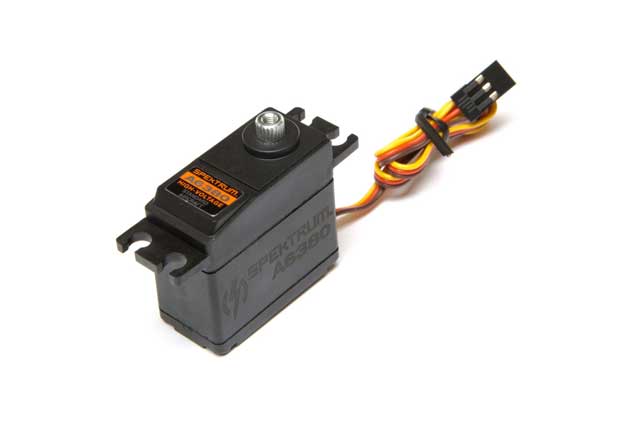
Batteries and Chargers
The manual for your electric motor will give recommendations on what size and voltage you will need to properly power the motor. Batteries are usually not included with an ARF RC airplane or with the motor. If you fly often, you may want to purchase more than one battery to be able to swap them out with the charging station and your plane.
Learn more about battery connectors here and how to charge RC batteries here with our other blogs.
No matter which power you choose you will need a battery charger. If you choose electric power, you will need a charger to charge the main flight battery. If you choose combustion, then you will need a charger for the receiver and ignition batteries.
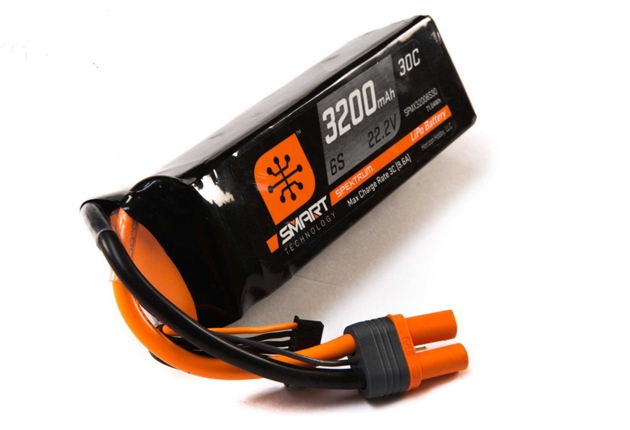
Fuel Tank, Tubing, and Filters
The fuel tank size, shape, and configuration are typically selected based on the specific design and power system of the airplane model. If an ARF RC airplane is meant to have an internal combustion engine (gas or glow), then the model will likely come with a compatible fuel tank pre-installed or included in the kit. These tanks are usually selected by the manufacturer to fit properly within the fuselage and provide adequate fuel capacity for the expected engine size and flight duration. If your RC airplane model is not an ARF pre-determined to use an engine, you may need to select a fuel tank yourself. Refer to the model’s manual for more information. In addition to the fuel tank, internal combustion engines require tubing that matches the fuel type, clunks, filters, vent lines, and fueling valves. Take all of this into consideration with your Almost Ready to Fly plane to avoid delays in going from the box to full-powered flight.
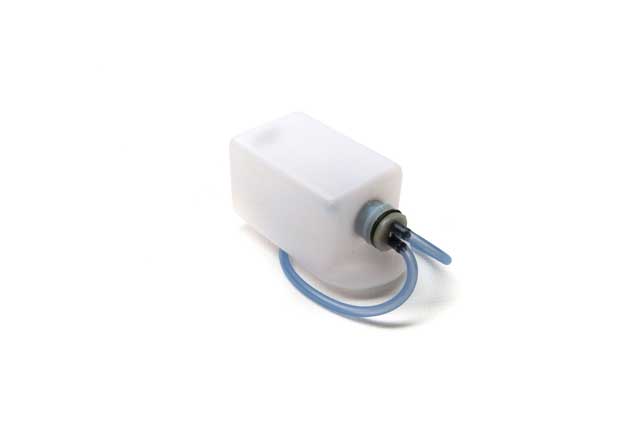
Propeller
Propellers are usually not included with the engine or the plane. However, the power plant you choose will have prop recommendations. Modern RC airplane propellers are often more universal than they used to be with the commonality of electric RC motors. Still, always plan on purchasing a propeller with your ARF RC plane.
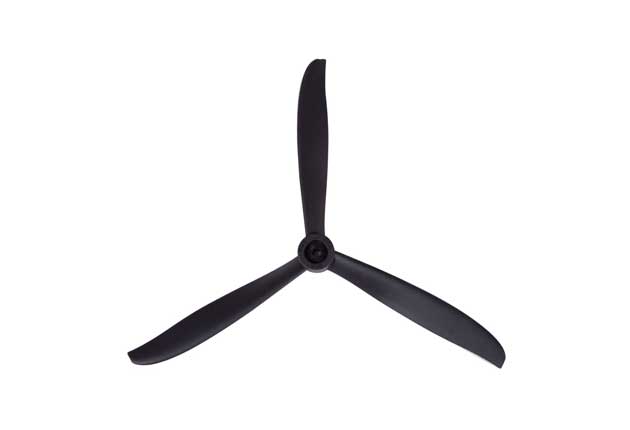
Radio Equipment
ARF planes do not come with a transmitter or receiver. You may need to choose the one that suits you, but most hobbyists ready for an ARF model already have these, which is why they are not included.
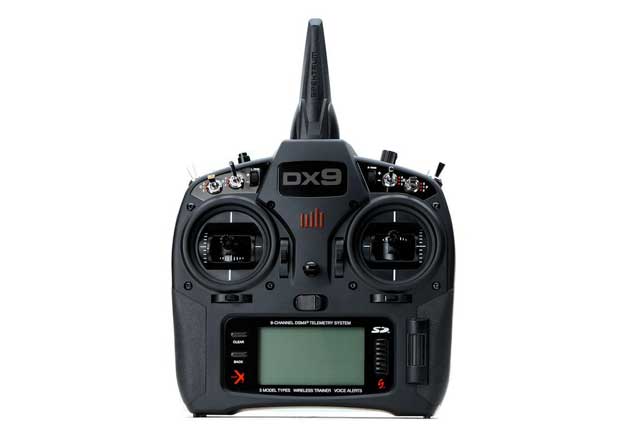
Other Handy Tools
There are several tools that may be a good idea to have around when assembling an ARF plane. A heat gun can be used to "tighten up" the planes covering. Epoxy is usually the best way to attach pieces permanently to the plane. A hobby knife also comes in handy for trimming and removing excess covering. And CA glue is often used to strengthen screw holes for servos and other mounts. You can shop more bench tools and accessories here.
Shop the Story
Related Articles
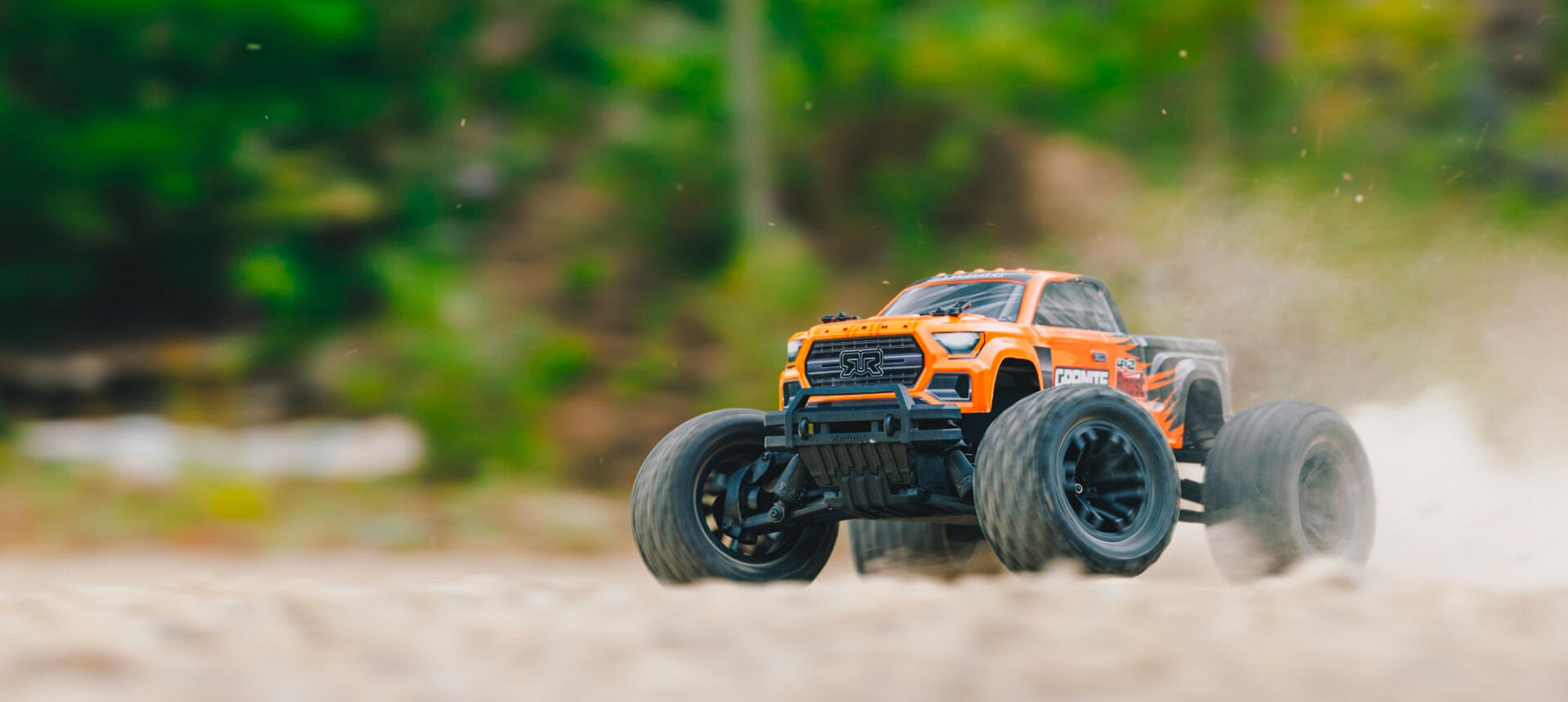
RC Cars for Sale
Looking for a fast RC car? Wondering which RC car is the fastest on different terrain? We've got all the details here in our Buyer's Guide for fast RC cars, trucks, buggies, and more!
Learn More
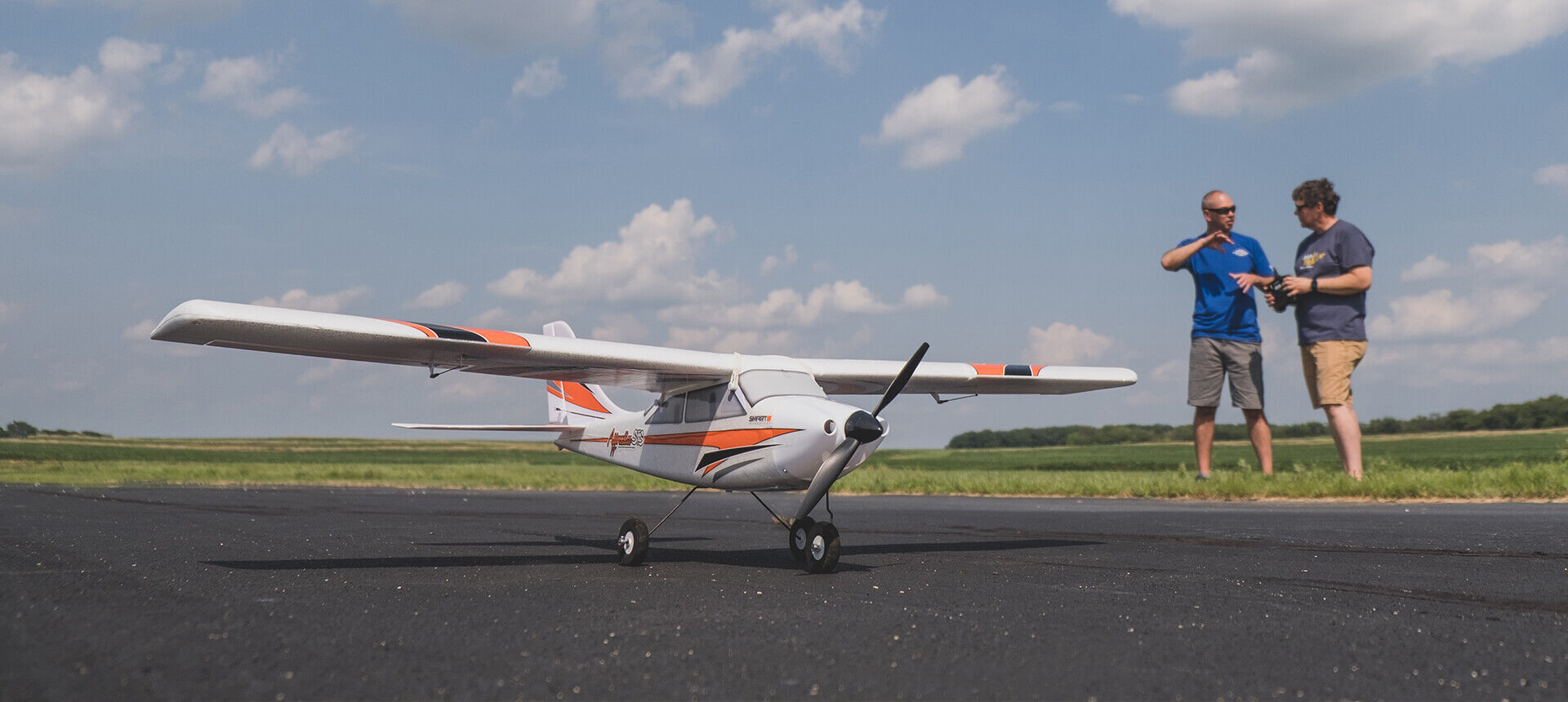
FAA Remote Identification - What You Need to Know
FAA Remote Identification – What You Need to Know
Learn More
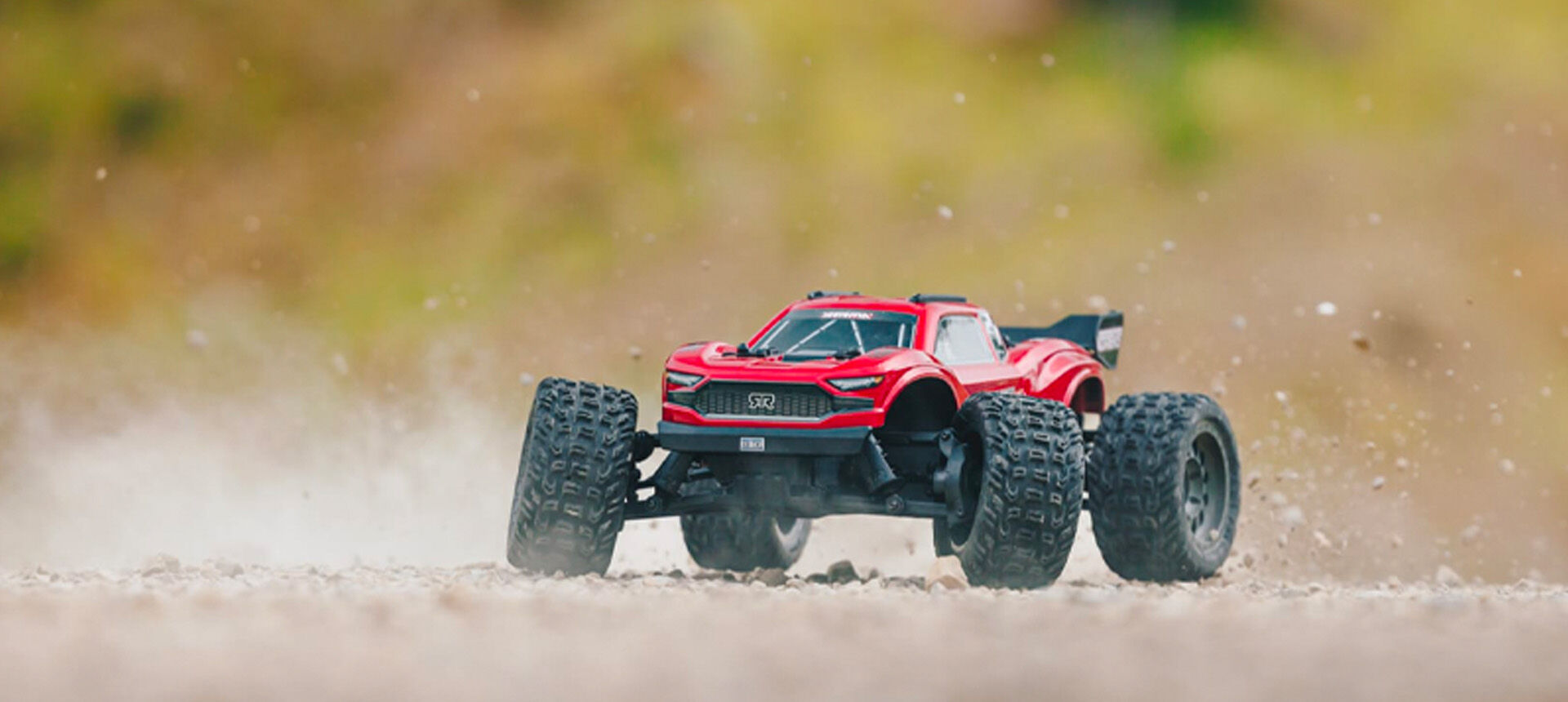
BOOST Your ARRMA RC Basher – The Best RC Upgrades
The ARRMA BOOST line are beginner-friendly RC trucks ready for bashing now and can easily be upgraded later. ARRMA BOOST are some of the easiest for the best RC upgrades!
Learn More